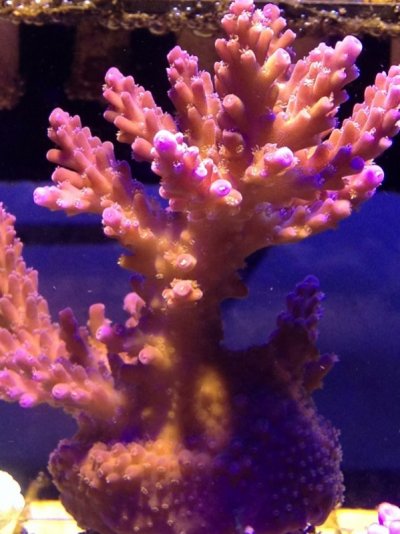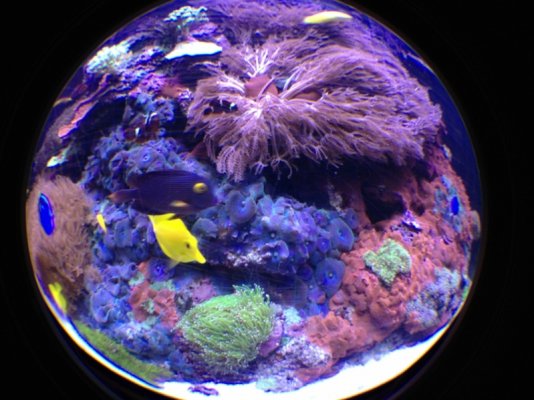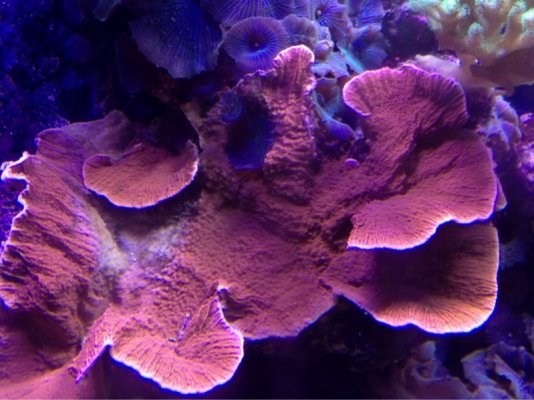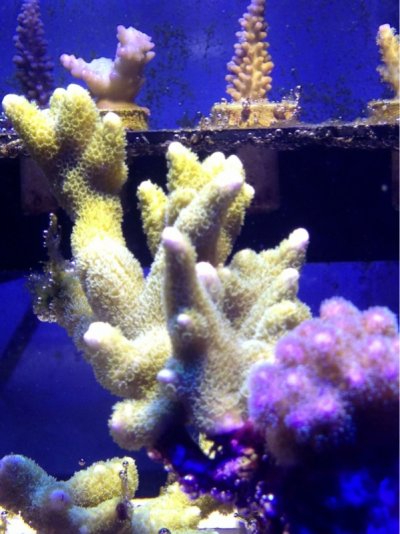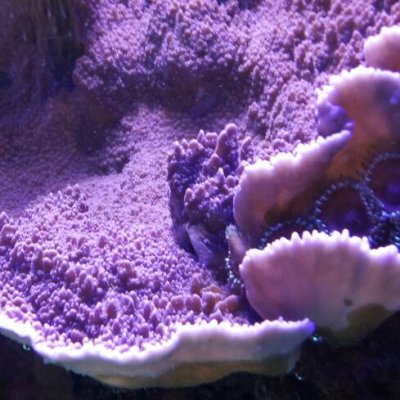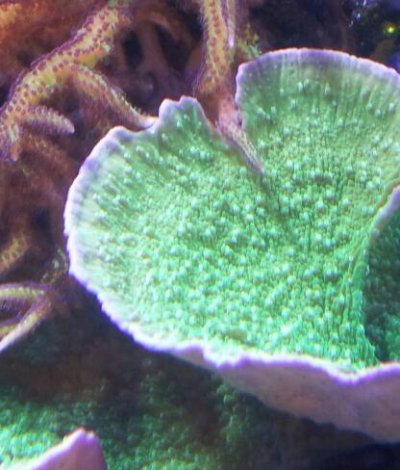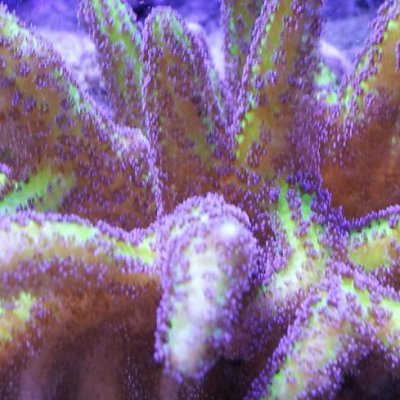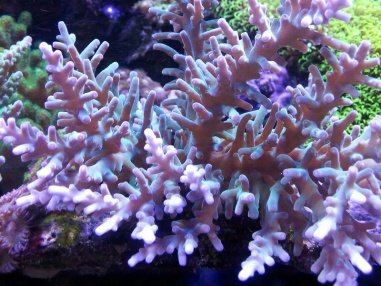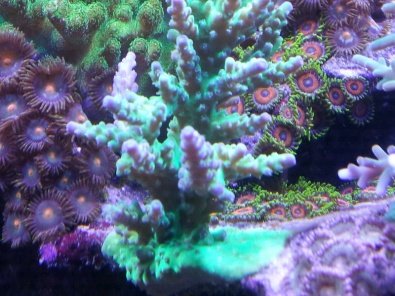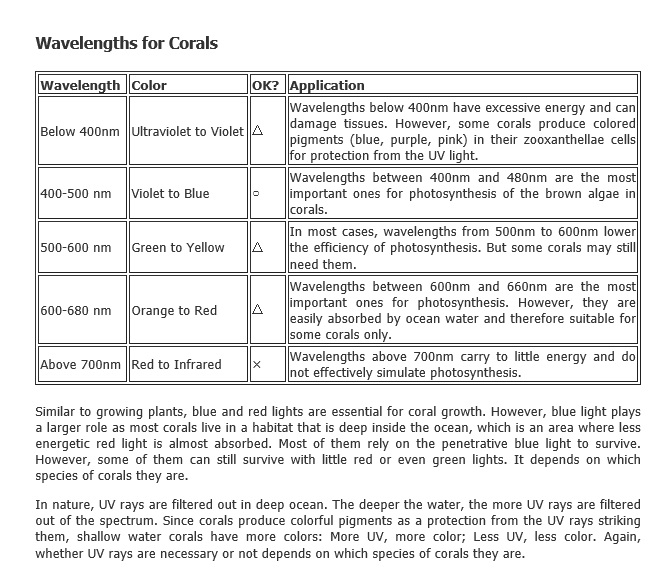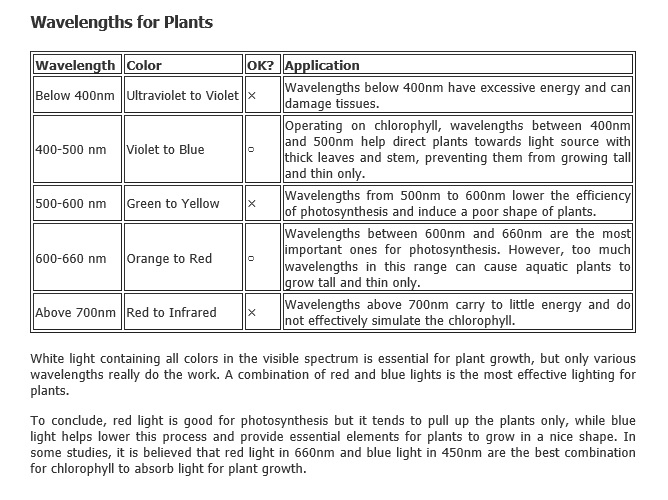mr_X
Aquarium Advice Addict
This article was nothing more than opinion. They never checked PAR or PUR with a meter. They simply state that they aren't as good with no data to back the claim up. I wonder what the motivation for writing this article was, without operating one prior to doing so.Compared to a T5 that may be true but not compared to a quality LED. And as for the heat yes, there is a reason this fixture runs 3 computer fans, because it runs hot. The manufacturer even states they run each 3w diode at 2 watts to match the cooling system while also extending lifespan.
So why 3 cooling fans when every brand name led only requires for the most part only heatsinks.
Read here
TaoTronics, SkyLED LED Light Reviews | My Aquarium Opinions
My point being they run hot and loud for LED's and also use more energy with less useful energy output.
I'm telling you that they work fine. I have proof. My sps looks great. I've been growing coral for a while now and I can guarantee that these fixtures are more efficient than t5 or metal halide and use less energy. The PAR is more than enough to grow colorful sps on the sand bed, 30" away. You can't do that with a 250 watt halide.
As far as purple on the sps...take that fixture you have off of the tank and replace it with a 10k halide. You won't see any purple! It's not the potency of the fixture you are seeing, it's the color temperature.
The clear plastic cover that is over the LEDs is barely warm to the touch.
I'm going to purchase one of the units with reds and greens in them and I'll report my findings.

